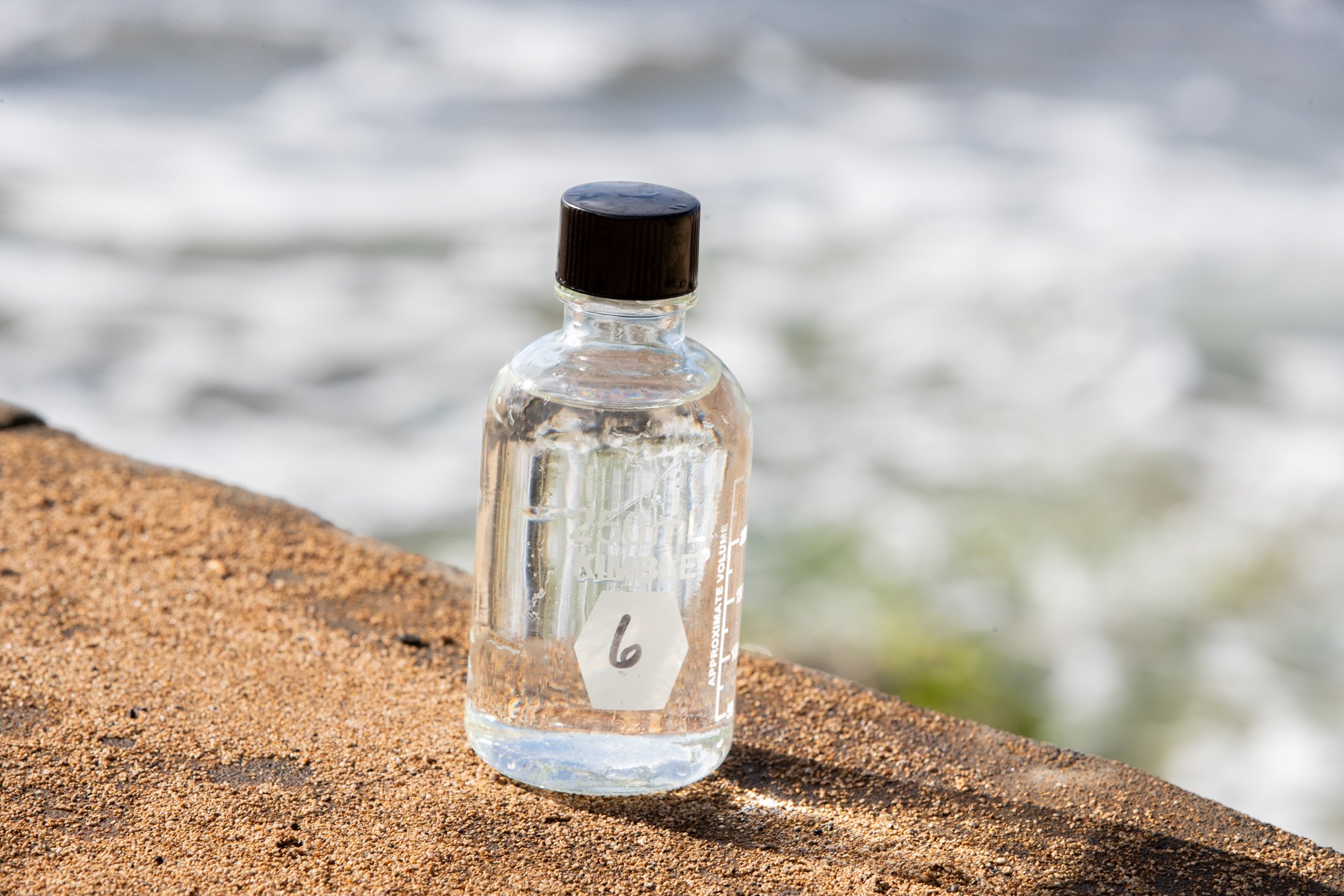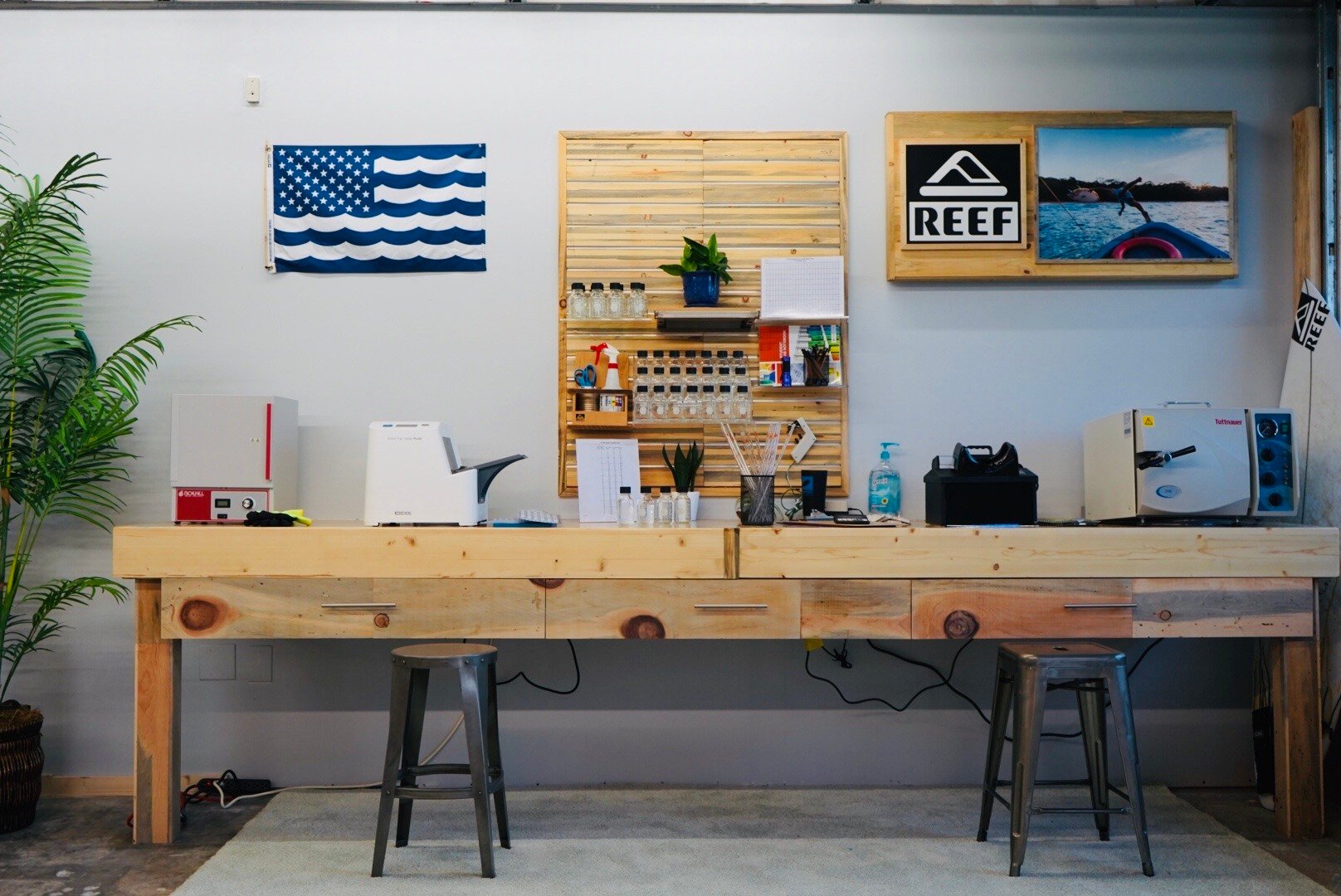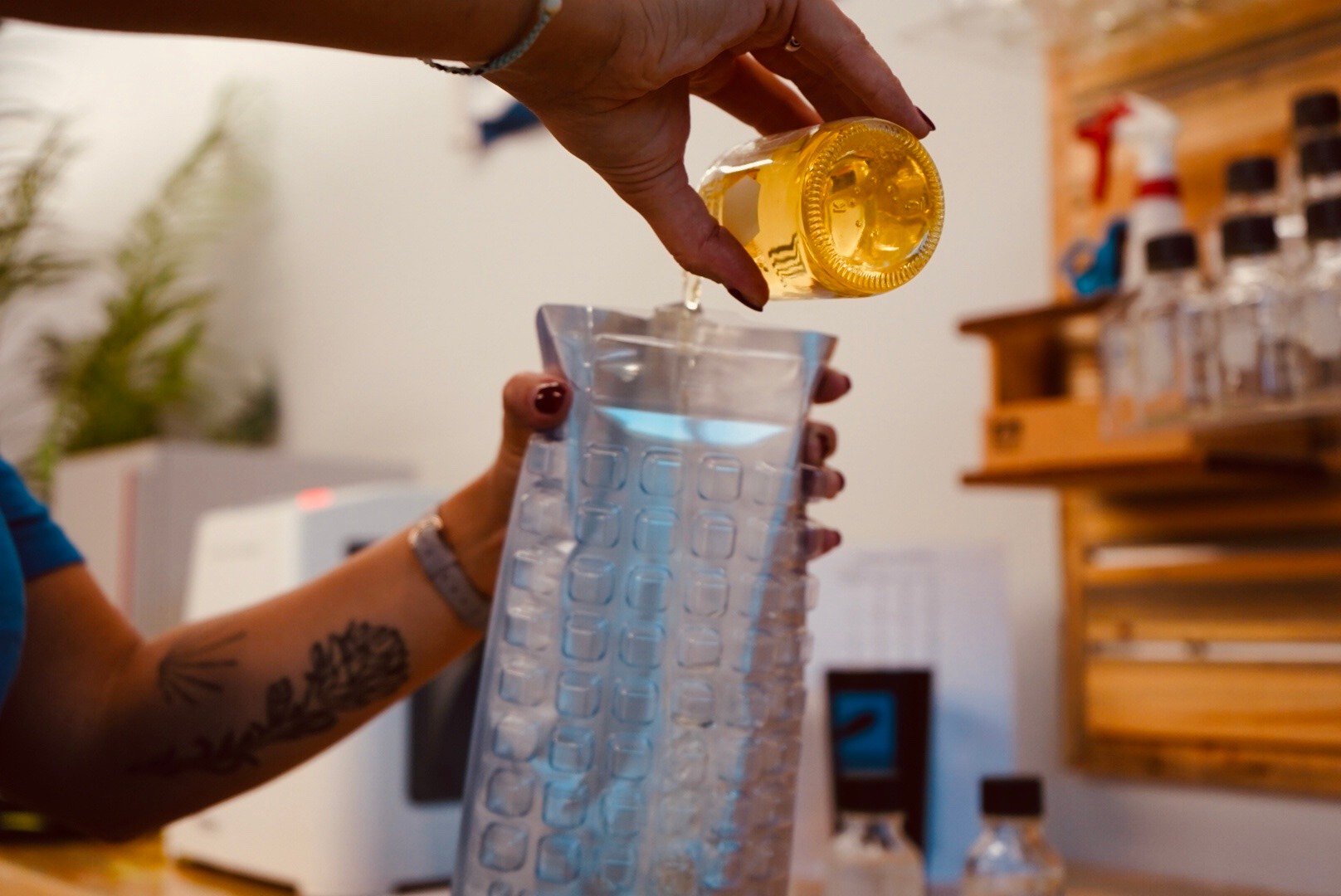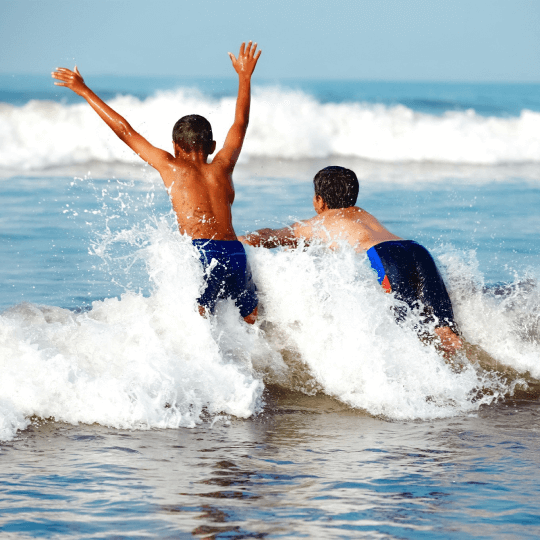
Blue Water Task Force
Communicating the importance of water quality and public health. Learn why water quality is important to our health and how you can help protect your local beach community.
This Week's Water Report
{{ locations.length }} sites tested
Water quality testing provided by Surfrider's {{info.name}} Chapter
About the Program
The Blue Water Task Force (BWTF) is Surfrider San Diego's volunteer water quality monitoring program, providing essential information to protect public health at our local beaches. Through this program, we shine a light on pollution issues impacting San Diego County's coastal waters and unite our community to find and implement solutions.
BWTF labs measure fecal indicator bacteria levels in recreational waters and compare them to health standards set to safeguard the public. Locally, the chapter-run BWTF program helps fill gaps in agency-run beach monitoring efforts, extending coverage by testing ocean and bay beaches, estuaries, and potential pollution sources like stormwater outlets, rivers, and creeks that flow into the sea. This grassroots effort ensures a cleaner, safer coastline for everyone in San Diego.
Everyone deserves access to clean water to surf, swim and play in.

The San Diego Chapter has three labs set up to provide water quality information to San Diego residents. One lab is run out of the chapter’s office in Hillcrest, another is hosted by our partners at REEF in Carlsbad, and the third is located at YMCA’s Camp Surf in Imperial Beach.
How We Do It
1. Collecting Samples
- Every Thursday morning, dedicated volunteers visit various beaches across San Diego to collect water samples.
- Sampling Frequency & Season: This happens weekly, year-round, ensuring consistent monitoring of water quality across all seasons.
2. Processing the Samples
- Another volunteer uses the IDEXX Enterolert/Quanti-Tray Sealer methodology to analyze the samples. This method accurately measures enterococcus bacteria levels, a key indicator of water quality.
3. Reading the Results
- After a 24-hour incubation period, a volunteer reads the results on Friday morning to determine the bacteria levels.
4. Sharing the Data
- Results are shared via email with subscribers of the weekly water quality report, keeping our community informed about the health of our beaches.
Why It Matters
The Blue Water Task Force is the Surfrider Foundation’s volunteer-run water testing, education, and advocacy program, working on a national scale to address water quality issues.
Our method for improving water quality is rooted in:
- Water Quality Monitoring
- Education
- Activation
- Policy Advocacy
Here in San Diego County, the BWTF program plays a vital role in:
- Alerting the public and officials about water quality problems.
- Identifying beach and coastal water pollution issues.
- Raising public awareness of incidents affecting our water.
- Collaborating with stakeholders to find and implement solutions.
Together, we work toward cleaner, safer coastal waters and a healthier environment for everyone to enjoy.
Get the weekly water quality report delivered straight to your inbox.

Are you interested in becoming a BWTF community scientist?
Join the Blue Water Task Force
Attend bi-monthly meetings on the second Monday of every other month, starting in February, from 7:00 to 8:00 PM. Check our events calendar for registration and online or in person location.
Volunteer Resources

While testing in Imperial Beach varies due to volunteer availability, the continuous daily outflow of sewage and beach closures continues. For more information regarding our advocacy for clean water in the South Bay, check out our Clean Border Water Now page and/or sign up to attend our next meeting.
For up-to-date water quality results in IB and the South Bay, please visit sdbeachinfo.com. The County tests South Bay water quality at an elevated schedule (daily at many locations). For info on how to find specific water quality samples in the South Bay and beyond, check out this blog post.
Where else can I see the current status of beach water in San Diego County?
The San Diego County Department of Environmental Health Quality (DEHQ) maintains a robust Beach & Bay Water Quality Program, which includes weekly water quality testing at beaches and bays all over the County. Timely beach water quality results are posted on sdbeachinfo.com.
Other Local Water Quality Information & Resources:
Why do your sites vary week after week?
We rely on dedicated volunteers to take samples, test and run the entire Blue Water Task Force Program. While we strive for consistency, lack of volunteer availability sometimes leads to missing test sites. If you are interested in becoming a volunteer water sampler at a beach near you, please email BWTF@sandiego.surfrider.org
What is the difference between the Blue Water Task Force Program and the County of San Diego's Beach & Bay Water Quality Program?
Our BWTF & the Beach & Bay Water Quality Program both test recreational waterways throughout the county for bacteria levels. The mission is to notify the public of results/health risks so they can make an informed decision about where to swim.
The BWTF uses IDEXX Enterolert/Quanti-tray Sealer methodology to measure enterococcus bacteria levels in water samples. This method is an EPA-approved method for sampling recreational waters and is easy for volunteers and students to learn and use competently. Bacteria results are obtained after a 24 hour sample incubation period. Unless otherwise noted, BWTF samples on Thursdays in order to provide test results by Friday afternoon, just in time for the weekend. BWTF is not intended to compete with the County’s much more robust testing schedule; it’s meant to supplement it.
The Beach & Bay Water Quality Program uses a droplet digital polymerase chain reaction (ddPCR) method. The ddPCR method is more sensitive than a culture method and impacted less by environmental factors, allowing it to be more accurate in measuring bacteria and illness risk, and more protective of public health. The ddPCR method provides faster, same-day results. When bacteria levels exceed State health standards and prompt advisories or closures, DEHQ is able to lift them faster by using ddPCR. County testing is done on different days for different locations.
What do the different signs at the beach mean?
- Advisory - An advisory is issued when the beach water exceeds State bacterial standards.
- Warning - A warning is issued when the beach water exceeds State bacterial standards and there is a south swell (transboundary flows), which may bring sewage contaminated water.
- Closure - A closure is issued when there are sewage or chemical releases, when the Tijuana River is flowing, or when sewage can be detected by water odor or discoloration.

